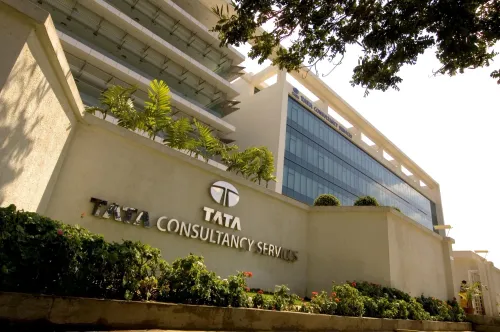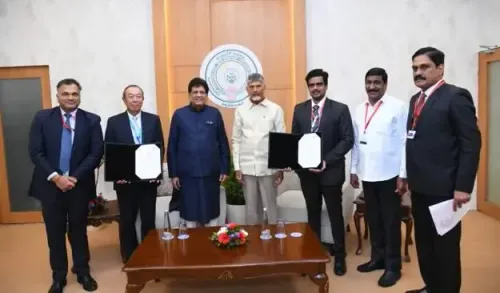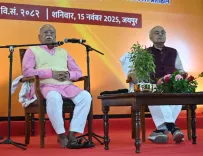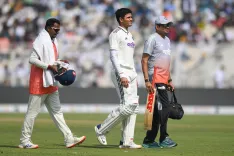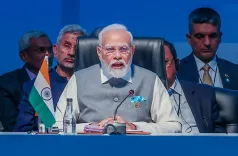How Did India's Pharma Sector Achieve 3rd Rank Globally in Affordable Drugs?
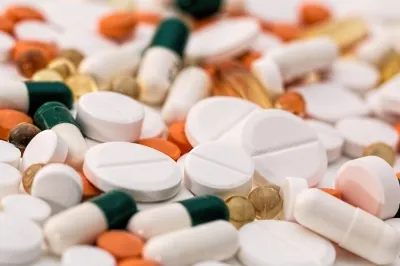
Synopsis
Key Takeaways
- India ranks 3rd globally in pharmaceutical volume.
- 20% of global medicines are supplied by India.
- Projected 7.8% growth by April 2025.
- Government initiatives promote affordable healthcare.
- Significant foreign investment reflects confidence in India's pharma potential.
New Delhi, May 18 (NationPress) The pharmaceutical industry in India has become the largest provider of affordable generic medications, with projections indicating a robust growth rate of 7.8 percent year-on-year by April 2025. This growth is fueled by increasing demand and the introduction of innovative products, as reported by experts from India Ratings.
Currently, India's pharma sector holds the 3rd position globally in terms of volume and ranks 14th in value. It is responsible for supplying approximately 20 percent of the world's medications. The revenue of the Indian pharmaceutical sector reached Rs 4,17,345 crore in 2023-24, demonstrating a consistent annual growth of over 10 percent for the last five years.
According to a government official, "This translates to more accessible medicines at lower prices for the general public, improved healthcare, and job creation in factories and laboratories nationwide. From small towns to major cities, the expansion of India's pharma sector is generating opportunities and enhancing lives."
India has also established itself as a pivotal supplier of vaccines, catering to 55-60 percent of UNICEF’s vaccine requirements and fulfilling 99 percent of WHO’s DPT vaccine demand. Additionally, it supplies 52 percent of BCG vaccines and 45 percent for measles. Indian vaccines are vital across continents, saving millions of lives. Domestically, these initiatives are providing employment opportunities for young Indians, ranging from factory workers to researchers. Foreign investments have surged, reaching Rs 12,822 crore in 2023-24 alone, showcasing the confidence investors have in India’s potential. The government actively supports 100 percent foreign investment in medical devices and greenfield pharmaceutical initiatives, positioning India as a prime destination for global enterprises.
The government’s initiatives have been instrumental in advancing the pharmaceutical sector. The Pradhan Mantri Bhartiya Janaushadhi Pariyojana (PMBJP) operates 15,479 Jan Aushadhi Kendras, providing generic medicines at prices up to 80 percent lower than branded alternatives. For instance, a heart medication that previously cost Rs 500 is now available for Rs 100. The Production Linked Incentive (PLI) Scheme for Pharmaceuticals, with an allocation of Rs 15,000 crore, backs 55 projects focused on producing high-end drugs such as those for cancer and diabetes right in India. Another PLI scheme, with Rs 6,940 crore, aims at enhancing the production of raw materials like Penicillin G, thereby reducing import dependency. The PLI for Medical Devices, supported by Rs 3,420 crore, is amplifying the manufacturing of essential equipment like MRI machines and heart implants, as noted by the official.
Additionally, the Promotion of Bulk Drug Parks scheme, with Rs 3,000 crore funding, is establishing large-scale hubs in Gujarat, Himachal Pradesh, and Andhra Pradesh to facilitate cheaper and faster medicine production. The Strengthening of Pharmaceuticals Industry (SPI) Scheme, backed by Rs 500 crore, finances research and improves laboratory facilities, enabling Indian firms to compete on a global scale. These initiatives ensure that medicines are produced in India, both for domestic consumption and for international markets, while maintaining high quality and affordability.

